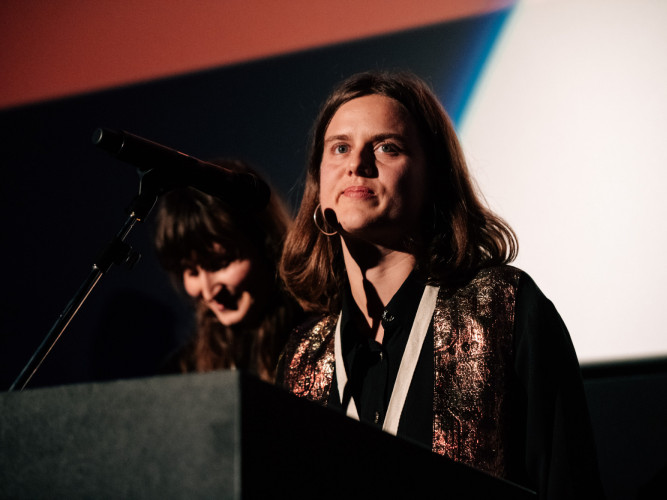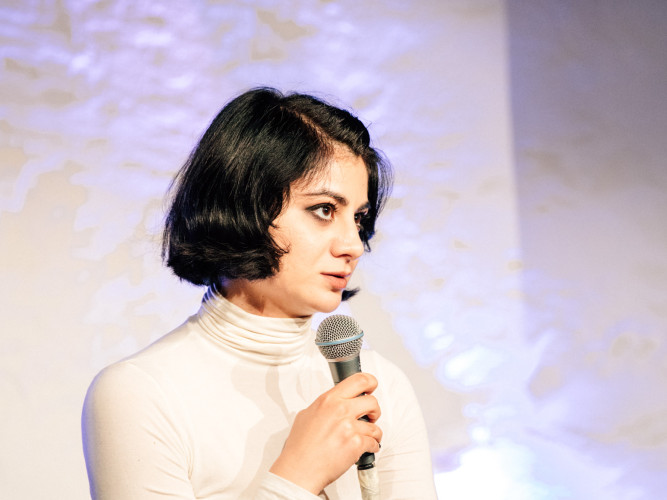Despite Canada’s enormity, it shares only one land border with another nation, the United States to the south. It is an impossibly vast and wildly diverse country. Inhabited by Indigenous people for thousands of years, the land was colonized by the British and French in the 16th century. In present-day Canada, the population is a mix of many ethnic groups, including Indigenous peoples (First Nations, Inuit, and Métis). While English and French are the two official languages, there are still more than 60 Indigenous languages spoken. Accordingly, Canadian cinema is highly eclectic, influenced by language, geography, and various cultural communities. The eight curated programmes presented here showcase the complexity of this cinema as well as its evolution through history.
One of the key institutions in Canadian film is undeniably the National Film Board (NFB). Established during World War II with war-oriented films, the NFB is now a leader in documentary, animation, and interactive experiences. Postwar, new innovative departments were created, thanks to which we now know the work of animator Norman McLaren, Direct Cinema documentarians Pierre Perrault and Michel Brault, as well as Colin Low and the Challenge for Change / Société Nouvelle project, which focused on giving voice to Indigenous filmmakers. More recently, the NFB has grown into a public film and digital media producer and distributor funded by taxpayer money through the Department of Canadian Heritage.
After the 1970s, French-speaking Quebec filmmakers distanced themselves from documentary and animation to pursue fiction. They delved into personal narratives, themes around language, and explored political disillusionment in their characters and storylines. Two referendums (1980 and 1995) asked the population whether Quebec should pursue sovereignty and become an independent country. Voters rejected secession both times, but the referendums impacted the political tenor of the times. Filmmakers like Denys Arcand, Léa Pool, André Forcier, and Francis Mankiewicz created existentialist works about Quebec society and its distinctive character, language, and culture within Canada.
Outside big cities like Montreal, Toronto, and Vancouver, cinema was always a difficult art to fund, but a remarkable epicentre of independent cinema emerged in Winnipeg. Through the Winnipeg Film Group, films were funded, produced, and shown in their own cinematheque. Thanks to this vibrant community, Winnipeg gave us filmmakers such as Guy Maddin, Deco Dawson, Caroline Monnet, Matthew Rankin, and Ryan McKenna.
Canada and its land inevitably bring to mind an image of mysterious wilderness and infinite possibilities. Its complicated history notwithstanding, the country prides itself on societal values of tolerance, freedom of speech, and respect. These have produced a cinema that is daring and resolutely punk in its attitude. There is an abundance of perspectives and creativity born of the diversity of voices that come from disparate and sometimes marginalized communities.
Émilie Poirier
Bruce LaBruce:
Make Gay Great AgainThere is no New Queer Cinema in Canada without Bruce LaBruce. He has been amusing and provoking audiences with his diverse works since the 1980s: from punk home movies shot on 8 mm during his college days to low-budget art films and gay porn – Bruce LaBruce does not shy away from anything. His anti-mainstream stance is evident in his style – between trash, camp, and an underground aesthetic – as well as in his themes. One of his favourite targets is heteronormativity, which he attacks relentlessly and humorously, true to the motto «make gay great again», a quote from his porn film «PAF – Purple Army Faction».
The programme features three of LaBruce’s short films from different periods. They all celebrate gayness, turning it into the new norm in a playful but also politically subversive manner. First up is one of the director’s best-known early works, «I Know What It’s Like to Be Dead» (1989), a home movie that explores the AIDS panic from the perspective of gay counterculture. «The Bad Breast» (2010) takes us to Germany, where Bruce LaBruce worked as a theatre director for many years. We follow a neurotic mother who enlists the help of her psychoanalyst in hopes of making her son straight. The programme concludes with an effervescent porn movie named «PAF – Purple Army Faction», in which the titular army goes about converting straight men to fight the world’s overpopulation crisis.
Join us for a stimulating late-night conversion therapy of the best kind!
Curated by Lea Heuer
with the kind support of: 















